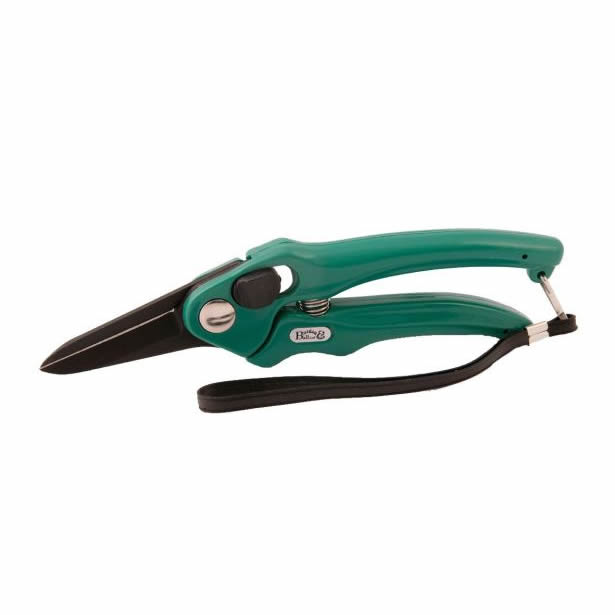Why do I need to trim alpaca toenails?
Trimming alpaca toenails is something that needs to be done fairly frequently in alpacas. How frequently depends a little on the individual animal and also how soft the ground is. Toenails will wear down more on their own if your animals on are hard ground. Black toenails also seem to need trimming much less frequently than white or light toenails. Since most of the year in the UK, the ground alpacas are pastured on is relatively soft, toenail trimming may need doing roughly every 3 months. I recommend checking all toenails visually every month. Do it when you’re doing your regular body condition scoring and trim the toenails that need it.
Standing vs lying down…
One great time for toenail trimming is when the alpacas are shorn. At this time, they are already restrained, making it super easy to access the toenails. However, most of the time, they won’t be restrained so well and you need to be able to trim toenails with the alpaca standing. Some animals will cush when handled. In these circumstances, you can either try to pull the feet out from under them to trim, although this can be challenging for hind feet, or roll the animal onto its side and lean over to trim the toenails. When an alpaca is on its side, you should always position yourself next to their spine and reach over their backs. Otherwise, they can kick quite impressively and you don’t really want your face to be in the way! I will show you how to do this in a separate training video.
What can I use to trim alpaca toenails?
For trimming alpaca toenails, I prefer to use smooth-bladed toenail trimmers rather than those with serrated blades. I also prefer tools with relatively short handles as they are easier to use. Check out these: https://www.ukalpacavet.com/product/toenail-trimmers/
How to approach toenail trimming!
If you are doing the toenail trimming, you will need to be on the opposite side of the animal from the handler. You also need to be aware to maintain the animal’s balance, so try not to pull the alpaca’s feet out too much or you will alter their balance. They will then try to balance themselves, making it hard for you. Also, when picking up the back feet, help them out by resting their knee on your own knee. This stops them from becoming unbalanced. You’ll see how I do this in the video.
The aim of toenail trimming is to trim the toenail to make it level with the digital pad. Avoid cutting the quick which will bleed – and cause pain for the animal.
Technique Tips:
- I recommend first using the tips of the toenail trimmers to pick out any dirt or mud. This will help you see where the toe comes to within the nail so that you can avoid cutting too much and cutting into the quick which is the soft fleshy bit of the toe that contains blood vessels and nerves.
- Then turn the toenail trimmers so that they are perpendicular to the length of the toenail and trim off the extra toenail. Be bold about this. Sometimes you can cut off quite a lot in one go! The reason you turn the blades perpendicular to the toenail is that cutting in this plane will not squeeze the quick which the alpaca will feel. They are more likely to resist toenail trimming if you hurt them while doing it!
- Then trim down each side of the nail as close to the quick as you can go comfortably.
- I usually take a little “bite” off the very front of the nail too as it makes me feel as though the nail grows back a little less quickly.
You will sometimes find that on the back feet, the outside toenails twist sideways. This appears to be a conformational problem, and only occurs in white or light coloured toes. There may be a heritable component to this based on a preliminary study. It doesn’t appear to affect the animal in any way. Practically speaking, this just makes it a bit more challenging to trim the toenails and they won’t wear normally. These toenails still need trimming though to make sure that they don’t grow around and start pushing into the alpaca’s toes.
SCHEDULE IT!
Make sure you make a note in your herd management diary to check toenails at least every 3 months, if you don’t have time to check them and trim them as required at your monthly body condition scoring.
Check out our training courses. We offer online training as well as face-to-face courses.

